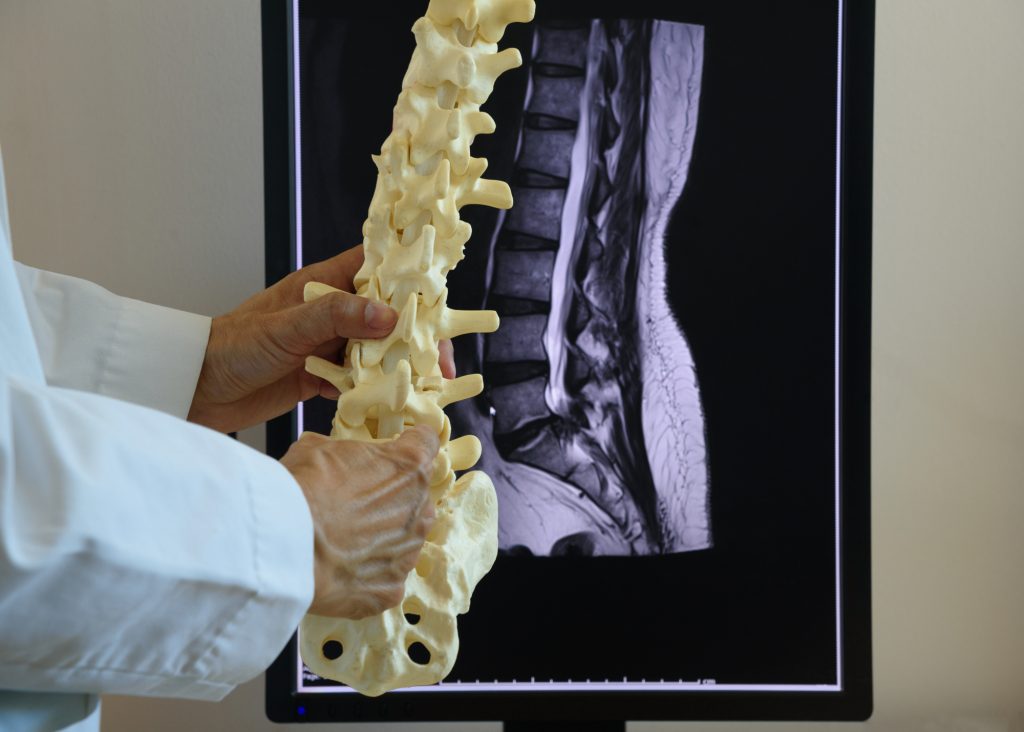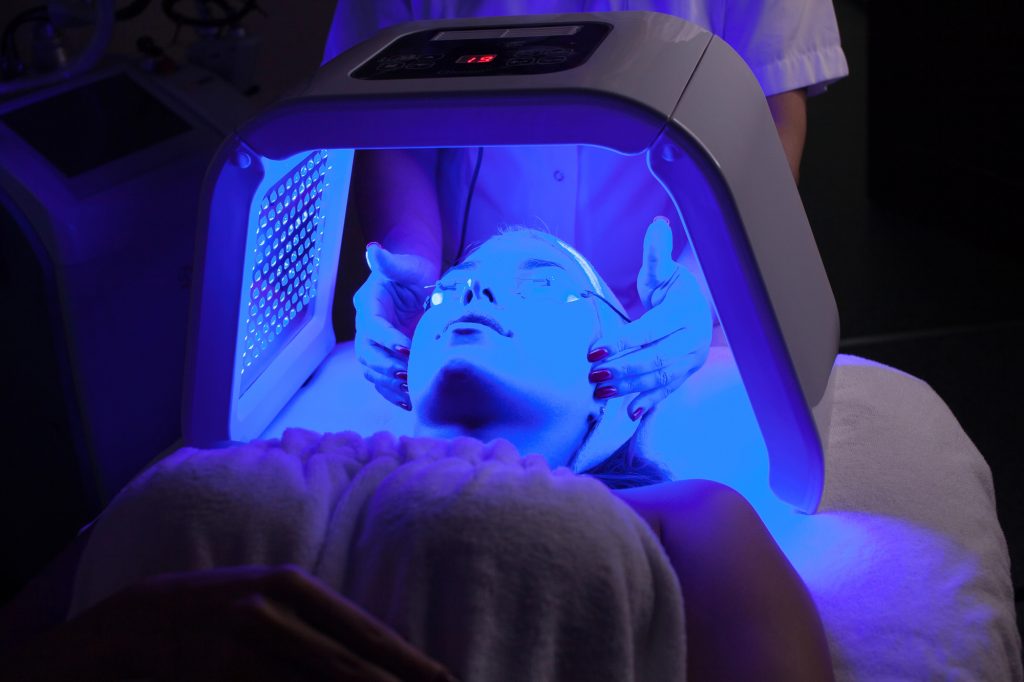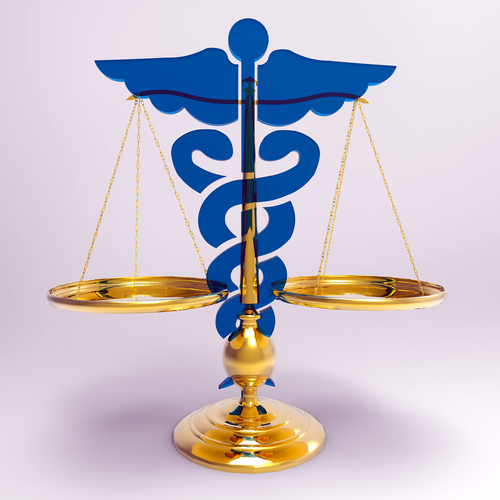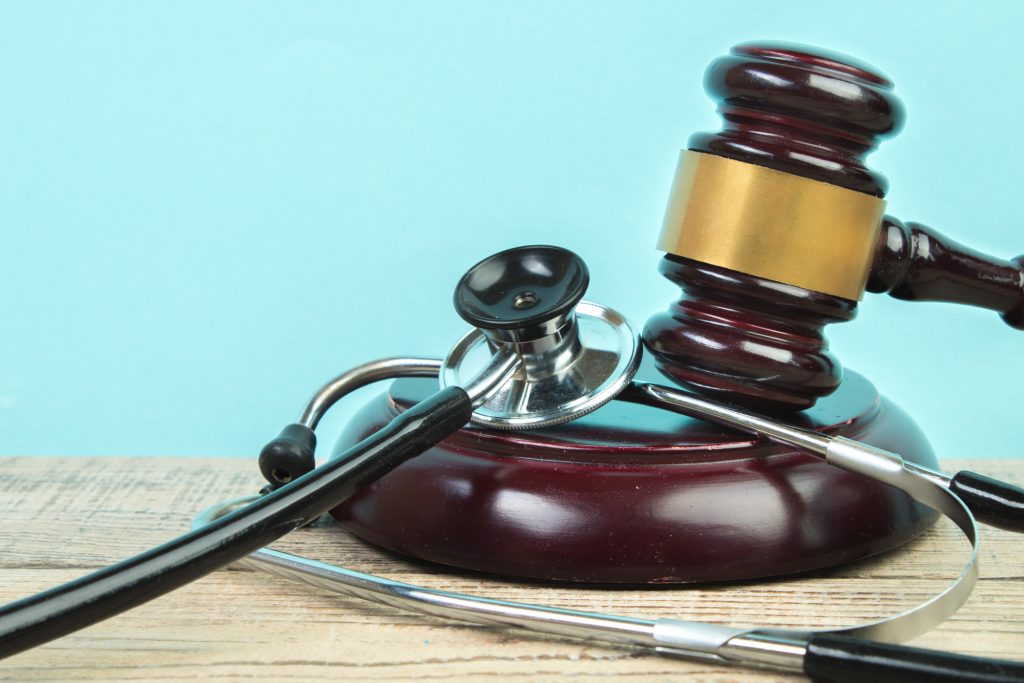 Written by Dr. Paul J. Moon
Written by Dr. Paul J. Moon
Is grief purposeful? Perhaps one’s stance is that grief is merely a notion – a label and description – referring to humans’ reaction and response to perceived loss. Perhaps one’s view is that grief is something that is just ‘laid upon’ a person or something the person just needs to ‘get over’ or ‘get through’ in time. If this is the extent to which the phenomenon of grief is made out to be, then it is understandable not to think of it as having any purposeful trait or utility.
As for known grief conceptualizations in culture, Kubler-Ross’ stagic model explains the purposefulness of grief is to eventually reach the point of loss ‘acceptance’ (Kessler & Kubler-Ross, 2005). Per Worden (tasks of mourning model; 2018), the purposiveness of grief is asserted as finding ways to remember the person who died while continuing on in the mourner’s remaining life. Or perhaps, as averred by Thomas Attig (1996), the purposefulness of grief is (or at least compels a mourner) to engage in relearning the world. As may be observed in subsequent sections, the picture of relearning the world may serve as a relevant entry into yet another (arguably more contemplative) landscape concerning the purposefulness of grief.
Now, the claim that grief is purposeful may be pointedly supported by considering what it can produce in some mourners. For instance, a survivor of the Sioux City, Iowa plane crash (on July 19, 1989) stated, “I decided to live with as few regrets as possible,” and that the frightening experience “was like being picked up by the scruff of the neck and shaken, and God says, ‘This is your only life. Just be grateful that you’ve got these days…these wonderful people in your life. Just be grateful for that.’” She concluded: “One of the things that has followed me…wrapped me…is that feeling of gratitude” (for more on this survivor’s account: https://www.npr.org/templates/story/story.php?storyId=18007783). No doubt that brushing up against one’s mortality via personal involvement in such a major devastation (where 111 of 296 passengers perished), and living through it, will stir a range of reactions, including grief (perhaps traumatic grief for others who died in the wreck, survivor guilt, etc.). Yet, the graphic and unforgettable experience also incited needful realizations in this particular survivor concerning the importance of minimizing regrets in life as well as embracing gratitude for what one does have (and, perhaps also, shunning envy and complaints about what one does not have). It is not difficult, then, to see how this sort of processing can hold immense instructional value, stemming from a grief-inducing incident, for future living. Thus, it is argued that grief is purposeful in potentially prompting existential instruction: that is to say, grief can hold instructive value for mourners willing to duly engage, explore, and mindfully wrestle with associated dynamics toward discerning the offered lessons.
Further evidence of grief’s existentially instructive value can be seen in the research concerning posttraumatic growth (PTG). Tedeschi and Calhoun are key scholars in this area, and they point to how bereaved adults who appear to have experienced PTG express the following kinds of development in themselves:
- positive changes in relating to others (e.g., no longer taking others for granted; more deeply valuing kinship, friendship, etc.)
- better understanding of self (e.g., realizing personal capabilities, strengths, etc.)
- deeper appreciation of life (e.g., increased gratitude; shifting life priorities/goals due to altered values, etc.)
- more focus on spirituality, religious beliefs (e.g., revisiting life philosophy one holds and how meaning is made of life circumstances, etc.) (Tedeschi et al., 2011)
What is of essence in PTG is how learned lessons seem to come through and due to encounters with significant losses. In other words, the very pathway of grieving purportedly uncovered in persons who evince PTG elements of particular discoveries and findings concerning themselves, relations with others, and various facets of reality that compelled them to look at life anew and with renewed (clarified) perspectives. Apart from, and in absence of, the traumatic hardships, it may be queried if the same sort of instructive lessons might have been learned.
Now, the idea of gaining existential discoveries and clarity can usher in a prized concept in the human experience: wisdom. In the long line of writings and musings about what wisdom is (and is not), one definition asserted in modern times is that wisdom is seeing through illusion (McKee & Barber, 1999). According to these authors, one way to think about the application of wisdom is to be able to decipher the central actuality of a given matter among a pool of mixed data. In other words, being wise is going beyond mere appearances in order to access the underpinning verities of an item of focus; wise persons can separate ‘wheat from chaff’ (as it were) and glean the core truth of a matter.
In context of the claim of purposeful grief, learning carefully from one’s grief journey may potentially help break through layers of illusions one had adopted previously concerning issues related to, for instance, own and others’ mortality (i.e., now better realizing the truth of how death cannot be avoided or averted, that it must be prepared for, that it can occur any time to anyone, etc.), trials and disappointments in life (i.e., now better realizing the truth of how such need not be merely perceived as pointless, useless, vacuous, but rather be so lived through towards growing in self-knowledge, knowledge of objective reality, etc.), and an assortment of other vital dynamics in this life. When rudimentary acknowledgements as these can be keenly ascertained and held – via grieving reflectively and with a deliberate eye towards learning from emergent ordeals – then it is not difficult to imagine how an enlightened mourner may be compelled to pursue life with an approach that is more intentional, perspicuous, and wise. Indeed, illusions abound in this life, and so anything that can assist in discarding as many of them as possible could be viewed as a help, even if it is one’s own grieving process and bereavement journey.
In sum, William Cowper’s thought may be fitting here: Grief is itself a medicine. Cowper (1731-1800) was an English Christian and noted hymn writer, and he grievously struggled with deep depression all his adult life, including multiple attempts to suicide. Amid his (lengthy) poem, Charity, the pithy phrase of insight (and wisdom) can be found…
Oh most degrading of all ills that wait
On man, a mourner in his best estate!
All other sorrows virtue may endure,
And find submission more than half a cure;
Grief is itself a medicine, and bestow’d
To improve the fortitude that bears the load;
To teach the wanderer, as his woes increase,
The path of wisdom, all whose paths are peace;
Though space here does not permit an analysis of what Cowper might have intended in this small portion from the poem, the overall tone of ideas asserted in preceding sections may be captured in these few verses.
If grief itself can be received as medicine, then how purposeful it is indeed.
References
Attig, T. (1996). How we grieve: Relearning the world. Oxford University Press.
Kessler, D., & Kubler-Ross, E. (2005). On grief and grieving. Scribner.
McKee, P., & Barber, C. (1999). On defining wisdom. The International Journal of Aging and Human Development, 49(2), 149-164.
Tedeschi, R. G., Calhoun, L. G., & Addington, E. (2011). Positive transformations in response to the struggle with grief. In K. J. Doka & A. S. Tucci (Eds.), Beyond Kübler-Ross: New perspectives on death, dying and grief (pp. 61-75). Hospice Foundation of America.
Worden, J. W. (2018). Grief counseling and grief therapy: A handbook for the mental health practitioner (5th ed.). Springer.

 Written by Veronica Turner
Written by Veronica Turner Written by Veronica Turner
Written by Veronica Turner Written by Veronica Turner
Written by Veronica Turner Written by Veronica Turner
Written by Veronica Turner Written by Mr. Mark San Juan,
Written by Mr. Mark San Juan, Written by Veronica Turner
Written by Veronica Turner Written by Jim Ragain
Written by Jim Ragain Written by Veronica Turner
Written by Veronica Turner Written by Paul J. Moon, Ph.D, M.ED, BA, GC-C, FAAGC,
Written by Paul J. Moon, Ph.D, M.ED, BA, GC-C, FAAGC,